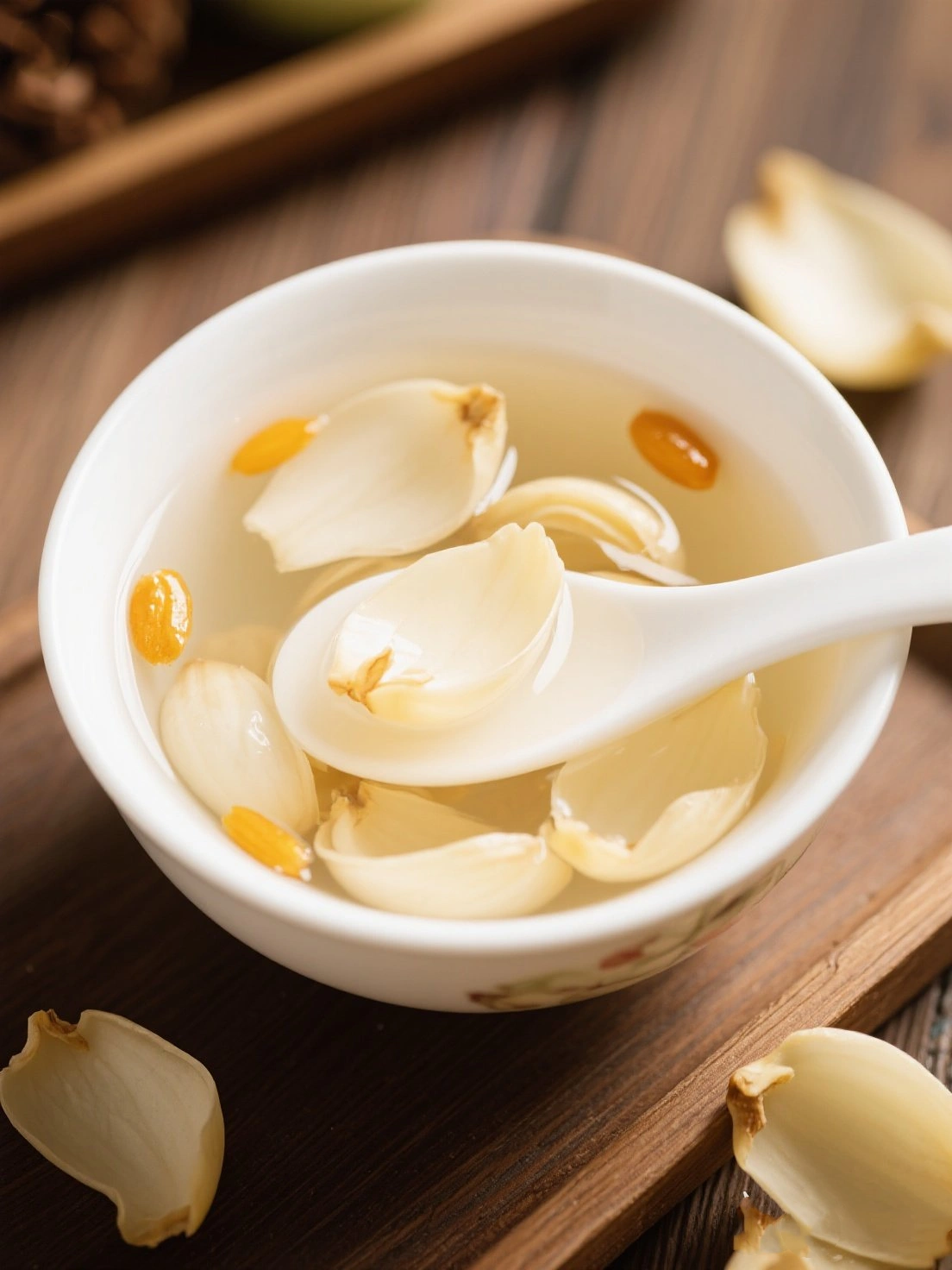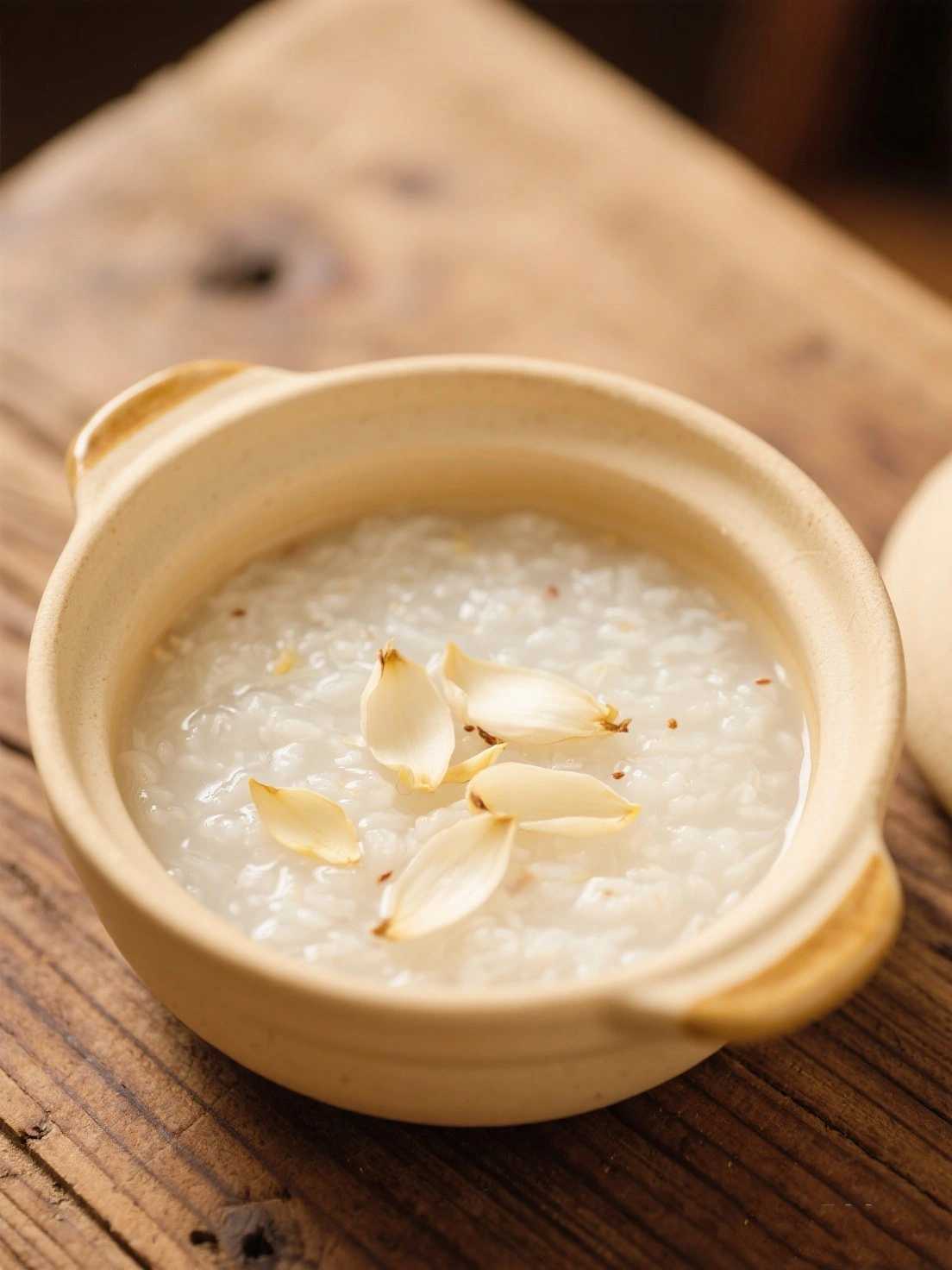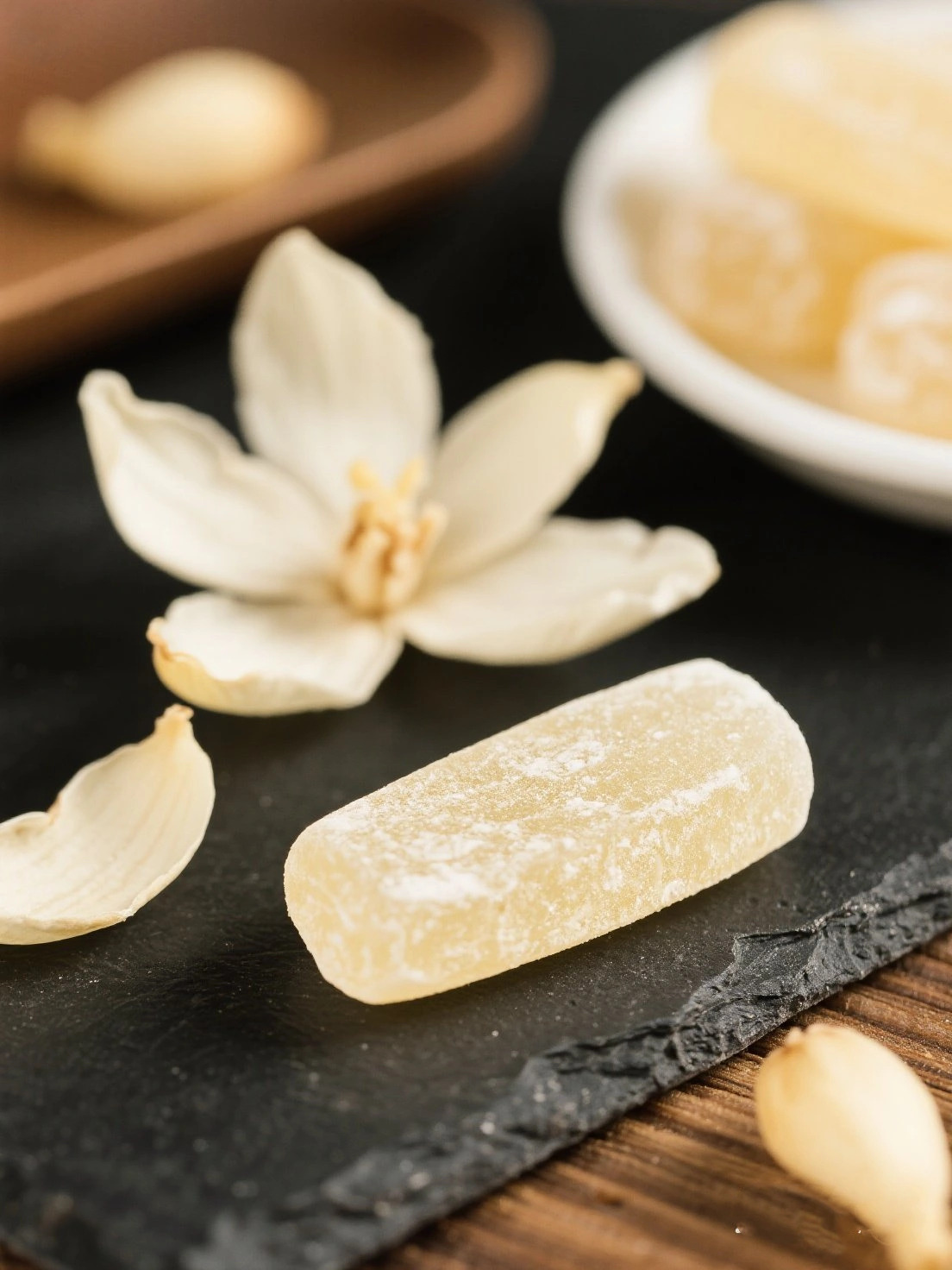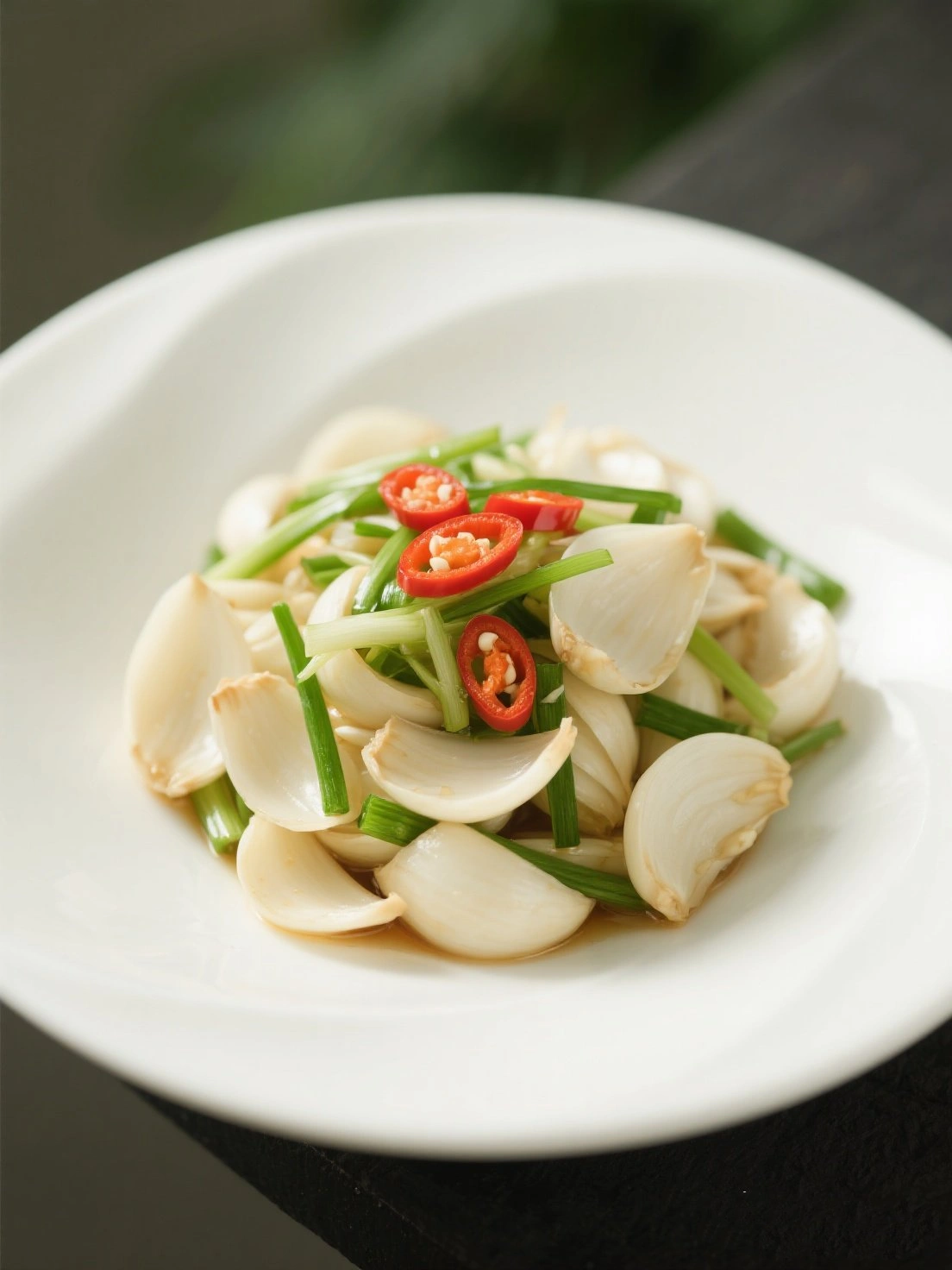Nutritional Value and Health Benefits of Lily Bulbs

Nutritional Composition (per 100g fresh lily bulbs)
- Calories: 130 kcal - moderate energy content
- Carbohydrates: 30g - including 3g dietary fiber
- Protein: 3.2g - contains essential amino acids
- Vitamin C: 18mg - 22% of daily needs
- B Vitamins: Thiamine, riboflavin, niacin
- Minerals: Potassium, phosphorus, calcium, iron
Health Benefits
- 🌸 Rich in antioxidants that combat oxidative stress
- 🌸 Traditionally used to soothe coughs and moisten lungs
- 🌸 Contains anti-inflammatory compounds
- 🌸 May help improve sleep quality and reduce anxiety
- 🌸 Good source of prebiotic fiber for gut health
Tip: When using dried lily bulbs, soak them in warm water for 30 minutes before cooking to rehydrate and remove any bitterness.
Lily Bulb Cultivation Guide
1
Climate & Soil
- Prefers temperate climates with cool winters
- Well-drained, slightly acidic soil (pH 6.0-6.5)
- Rich in organic matter with good moisture retention
2
Planting
- Plant bulbs in autumn or early spring
- Depth should be 3 times the bulb height
- Space bulbs 20-30cm apart
3
Growth Care
- Keep soil consistently moist but not waterlogged
- Apply balanced fertilizer in early spring
- Mulch to retain moisture and regulate temperature
4
Flowering
- Blooms appear in summer (June-July)
- Remove spent flowers but leave stems
- Allow foliage to die back naturally
5
Harvesting
- Harvest bulbs in late autumn after foliage dies back
- Gently dig up bulbs, brush off soil
- Can be used fresh or dried for storage
Summary: Lily bulbs take 2-3 years to reach harvestable size, requiring patience but minimal maintenance once established.
Growing Edible Lilies
Learn how to cultivate lily bulbs in your home garden
Delicious Lily Bulb Recipes
From traditional Chinese medicine soups to modern dishes - explore various ways to enjoy lily bulbs!
Lily Bulb Recipe Video Tutorials
Follow along with these videos to easily create delicious lily bulb dishes.




